My Favourite Painting: The Duke of Northumberland
Ralph Percy, Duke of Northumberland, chooses 'Portrait of the artist with Nicholas Lanier and Sir Charles Cotterell', bought by one of his forbears for just £44.

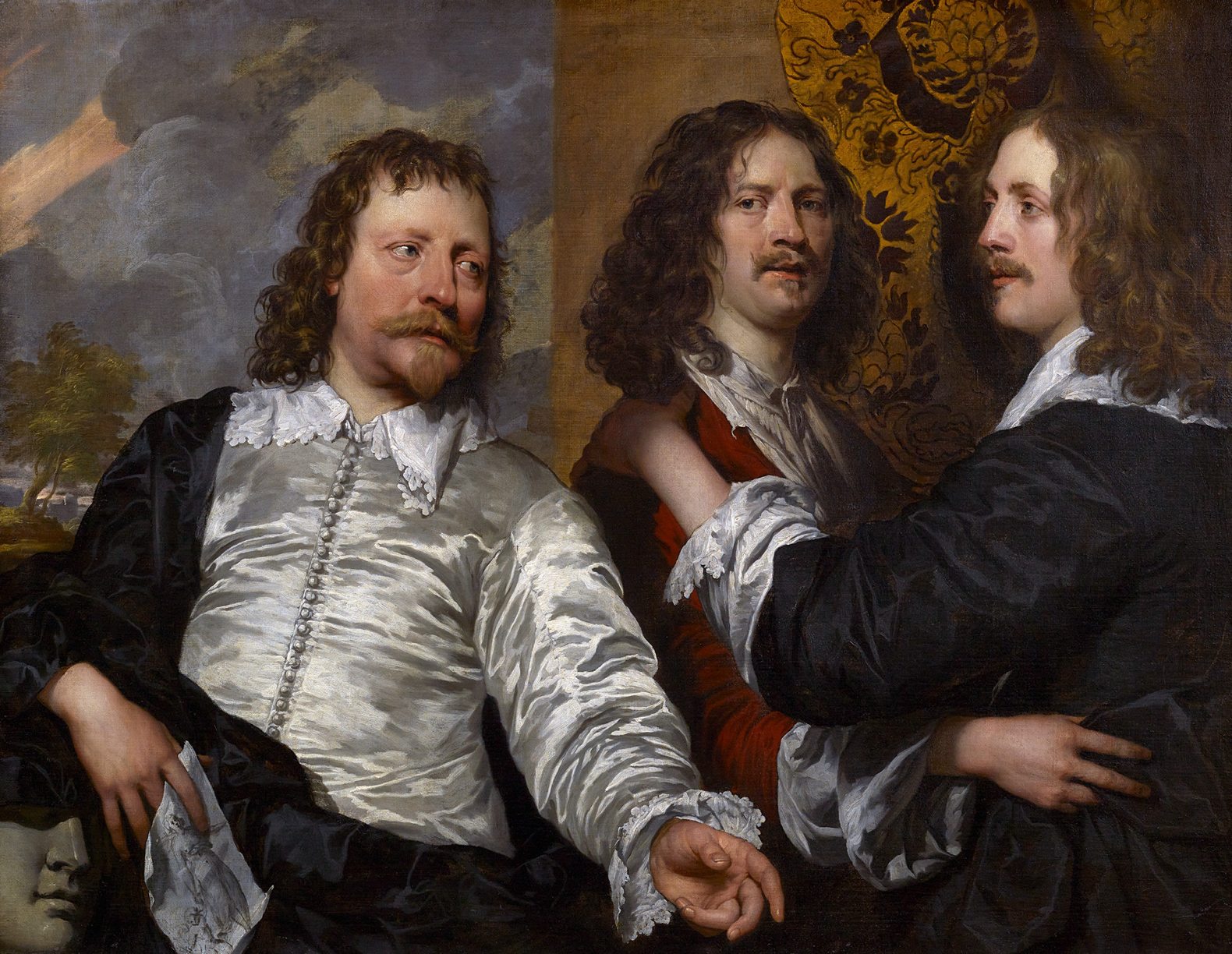
The Duke of Northumberland on his choice, Portrait of the artist with Nicholas Lanier and Sir Charles Cotterell by William Dobson
‘First, I must admit that I walked past this painting for 40 years without appreciating its true quality. It shares a room with works by Canaletto, van Dyck and Lely, but now, those works pale in comparison. It beckons to one, urging involvement in an unfolding drama, an argument or debate between important cultural figures, in which the artist is, perhaps, the arbitrator.
‘This is no standard portrait of great men, but a complex and emotional work, completed amid civil war, with subtle clues to the nature of the debate: a sculpted head of Apollo in the lower left corner and a drawing of Venus in Lanier’s right hand. For me, Dobson outshines contemporaries such as van Dyck in exposing the character of his subjects. The 6th (‘Proud’) Duke of Somerset, grandfather of the 1st Duchess of Northumberland, bought the work for £44.’
Ralph Percy, 12th Duke of Northumberland, is a lifelong conservationist.
Charlotte Mullins on Portrait of the artist with Nicholas Lanier and Sir Charles Cotterell
In 1645, a trio of Royalist friends posed for the portrait painter William Dobson as the Civil War exploded around them. The artist himself was one of the trio and placed himself at the centre of the action. Dobson, as Sergeant-Painter to the King, had moved to Oxford with Charles I’s Court in 1642. Anthony van Dyck may have recommended him for the post and certainly, by 1645, Dobson was much in demand, with portrait commissions that included the Prince of Wales and the Duke of York.
In this triple portrait, Dobson paints himself in the arms of Sir Charles Cotterell, his patron and the King’s Master of Ceremonies. They are both in their early thirties — as Dobson looks out at us, Cotterell seems to be protecting the artist from the ruddy-faced Nicholas Lanier. Lanier — in his late fifties and sporting his trademark goatee — was the King’s Master of Music. Dobson was known for the realism of his portraits: Lanier’s white satin doublet strains over his belly and he sports pronounced bags under his eyes. Dobson doesn’t escape his own critical eye and we see him with a double chin and a rather dishevelled air. Only the fine-featured Cotterell escapes unscathed, his face evenly lit like a van Dyck portrait.
A few months later, this Royalist trio would find themselves back in London after the King surrendered and Britain’s first Civil War ended. Dobson, on the losing side, would die in poverty in London before the year was out, aged 35.
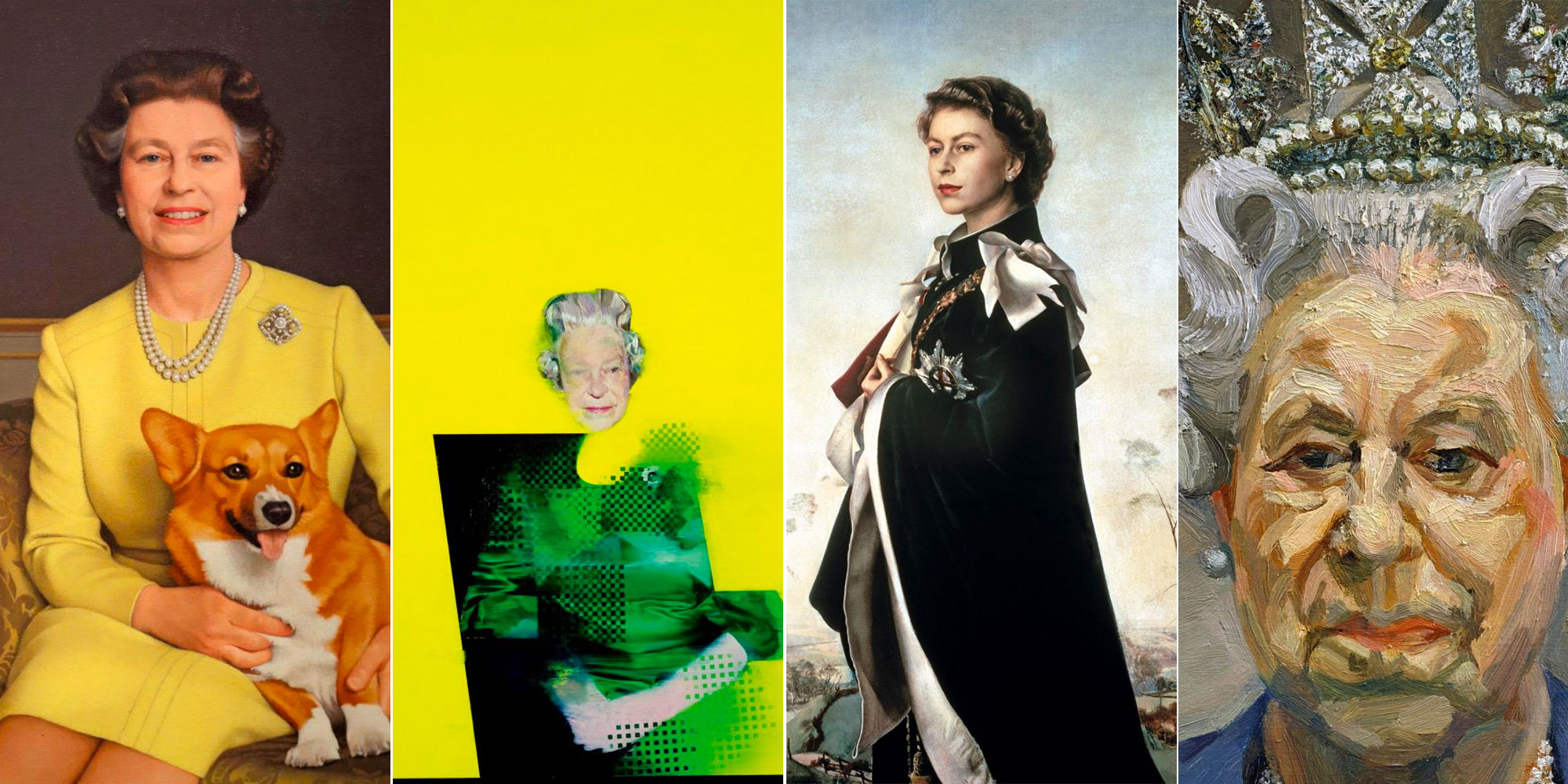
The Queen's official portraits: Seven of the most extraordinary paintings from 70 years and over 1,000 sittings
Her Majesty Queen Elizabeth II has been painted literally thousands of times since she came to the throne. Charlotte Mullins
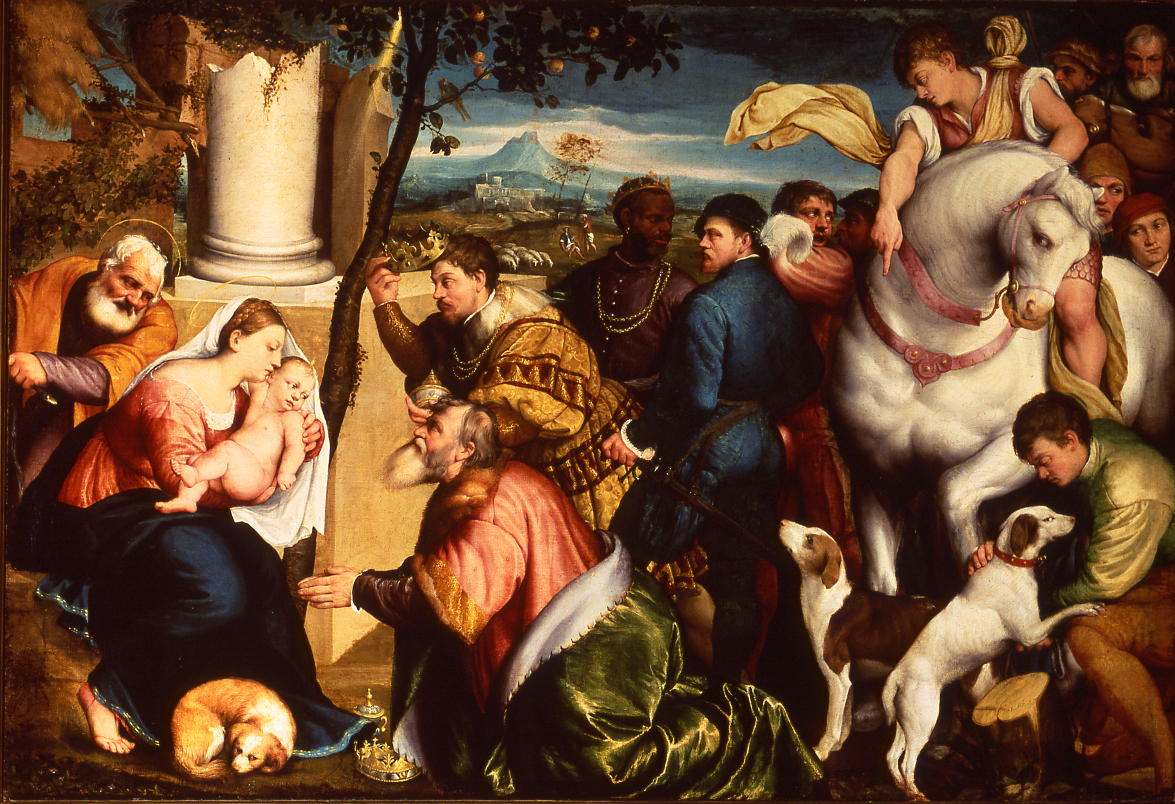
My favourite painting: Orlando Rock
Orlando Rock, chairman of Christie's, chooses The Adoration of the Magi by Jacopo Bassano.
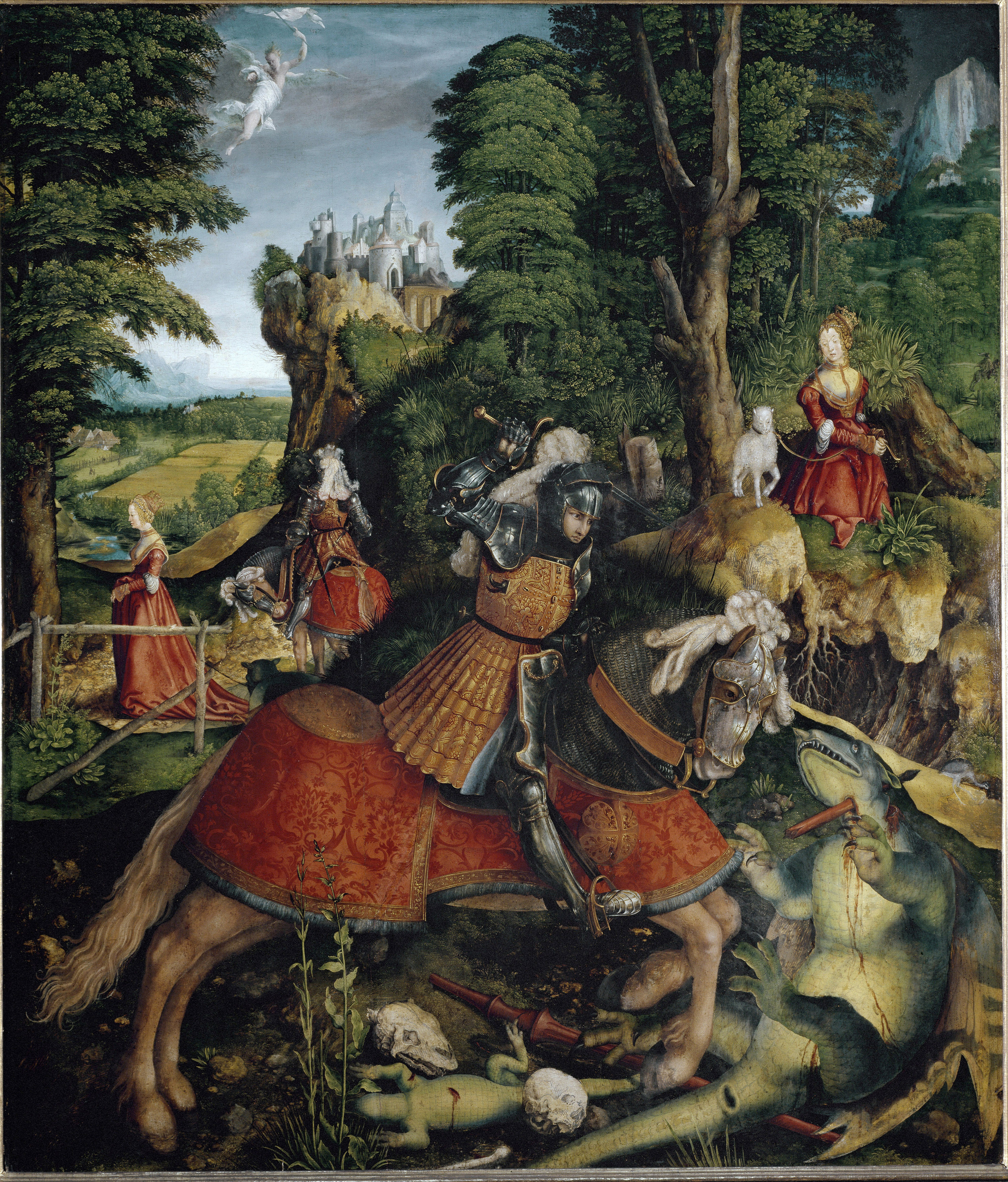
My favourite painting: Tug Rice
New York based artist Tug Rice chooses St George and the Dragon by Leonhard Beck.
Exquisite houses, the beauty of Nature, and how to get the most from your life, straight to your inbox.
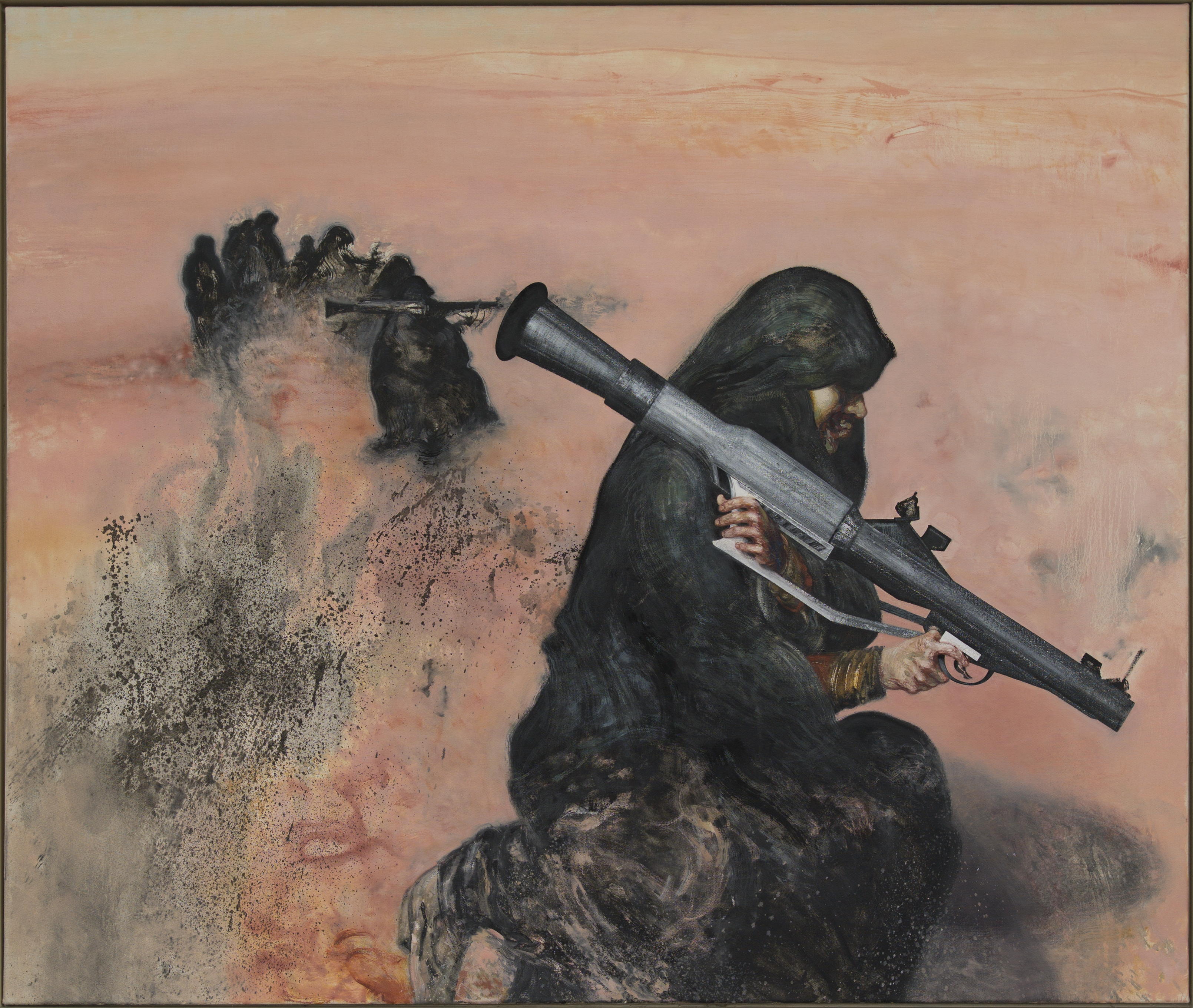
My favourite painting: Dr Kate Pretty
Dr Kate Pretty, founder of the Young Archaeologists' Club and former principal of Homerton College, Cambridge, chooses Gulf Women Prepare
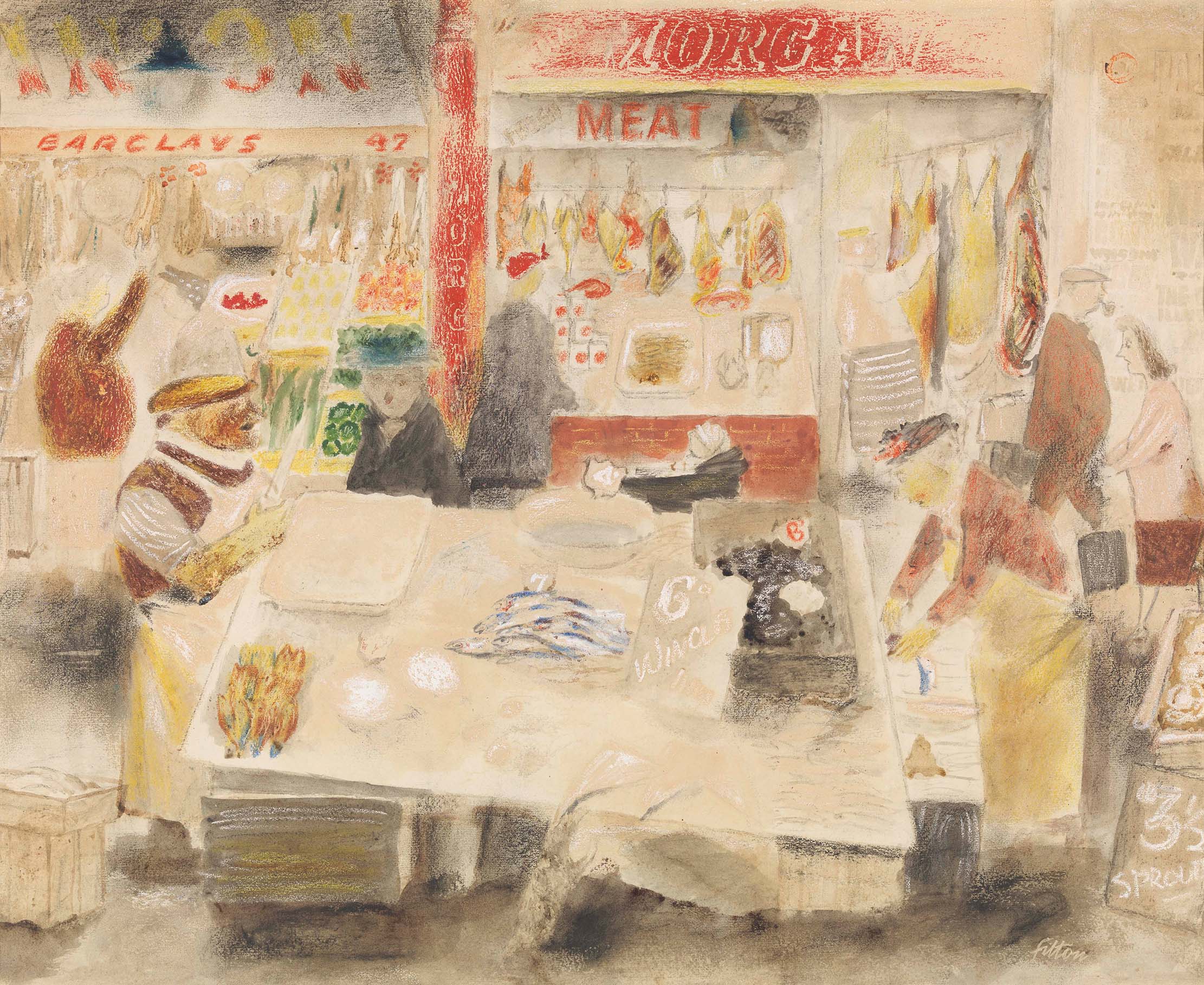
My Favourite Painting: Ameer Kotecha
Food writer Ameer Kotecha chooses a picture whose creator clearly loves food as much as the rest of us.
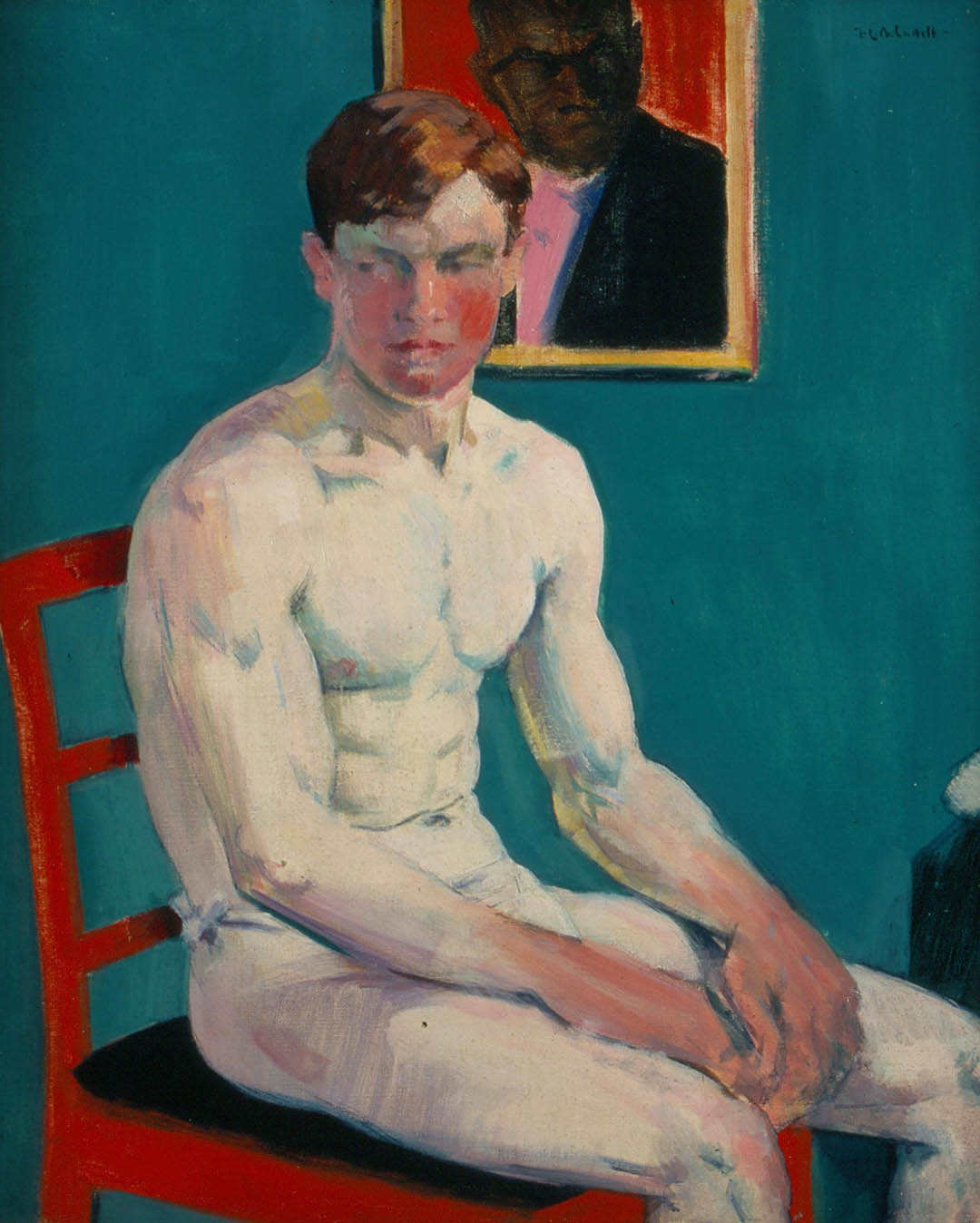
My Favourite Painting: Luke Edward Hall
Designer and writer Luke Edward Hall chooses an image painted by a charismatic dandy known as ‘Bunty’.

Charlotte Mullins is an art critic, writer and broadcaster. Her latest book, The Art Isles: A 15,000 year story of art in the British Isles, will be published by Yale University Press in October 2025.